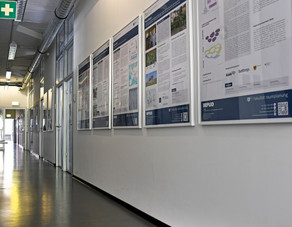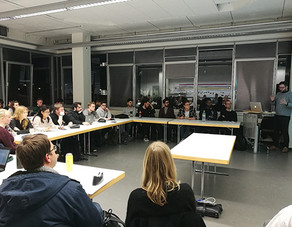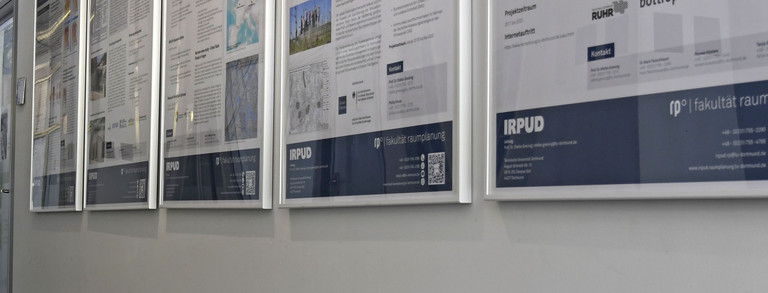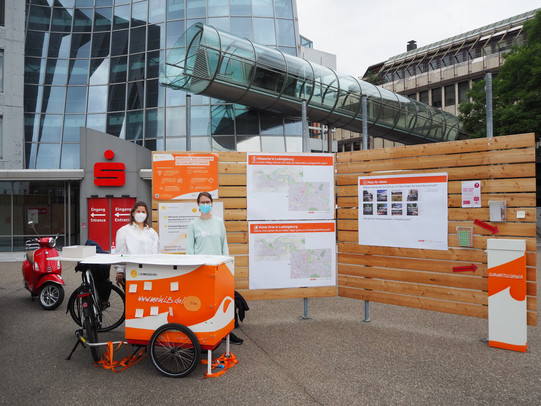Ludwigsburg is getting hotter: ZURES II – Public participation regarding heat perception
- Projects
According to the latest IPCC report, global temperatures are expected to increase by more than 1.5°C over the next 20 years, and heat waves will be more frequent and intense. This will also have effects on the local level. There is a clear need to adapt to the expected climatic changes and to protect citizens from the consequences of increasing heat. ZURES II is concerned with the direct usability of future-oriented climate and vulnerability scenarios and their implementation in the planning processes of the city of Ludwigsburg.
While detailed maps of heat stress in Ludwigsburg are being modeled, local knowledge and the population’s subjective perception of heat should not be neglected. During July and August, online participation is used to ask city users about their experiences: Where is heat perceived as particularly unpleasant in the city? Which places do people go to in Ludwigsburg to cool down? And what measures are considered valuable to reduce heat stress in the future?
In addition, in order to reach less tech-savvy people and to continue to draw attention to the online survey, outreach participation took place in Ludwigsburg. On three days, the project team stood at various highly frequented locations in the city, such as the market square, in front of central retail locations and leisure facilities.
In numerous conversations, residents of all ages reported their perceptions of heat stress in Ludwigsburg and their visions for a heat-adapted future. They told us that, in particular, the inner-city areas with heavily sealed surfaces, such as the shopping zone or the market square, are severely affected by heat in summer. For protection, many saw planting more trees as useful in the long term and installing sun sails in the short and medium-term to provide more additional shade. However, in addition to constructional measures, raising awareness among the population or reorganizing the planning process repeatedly played a major role in the discussions.
The results of the subjective perception of the population are subsequently considered together with the climate modeling, so that places with the greatest need for action can be quickly identified. The findings regarding the experience of heat stress as well as the desired changes in the city also offer conclusions about which measures are likely to experience a high level of acceptance and thus enable orientation towards the needs of those affected.








